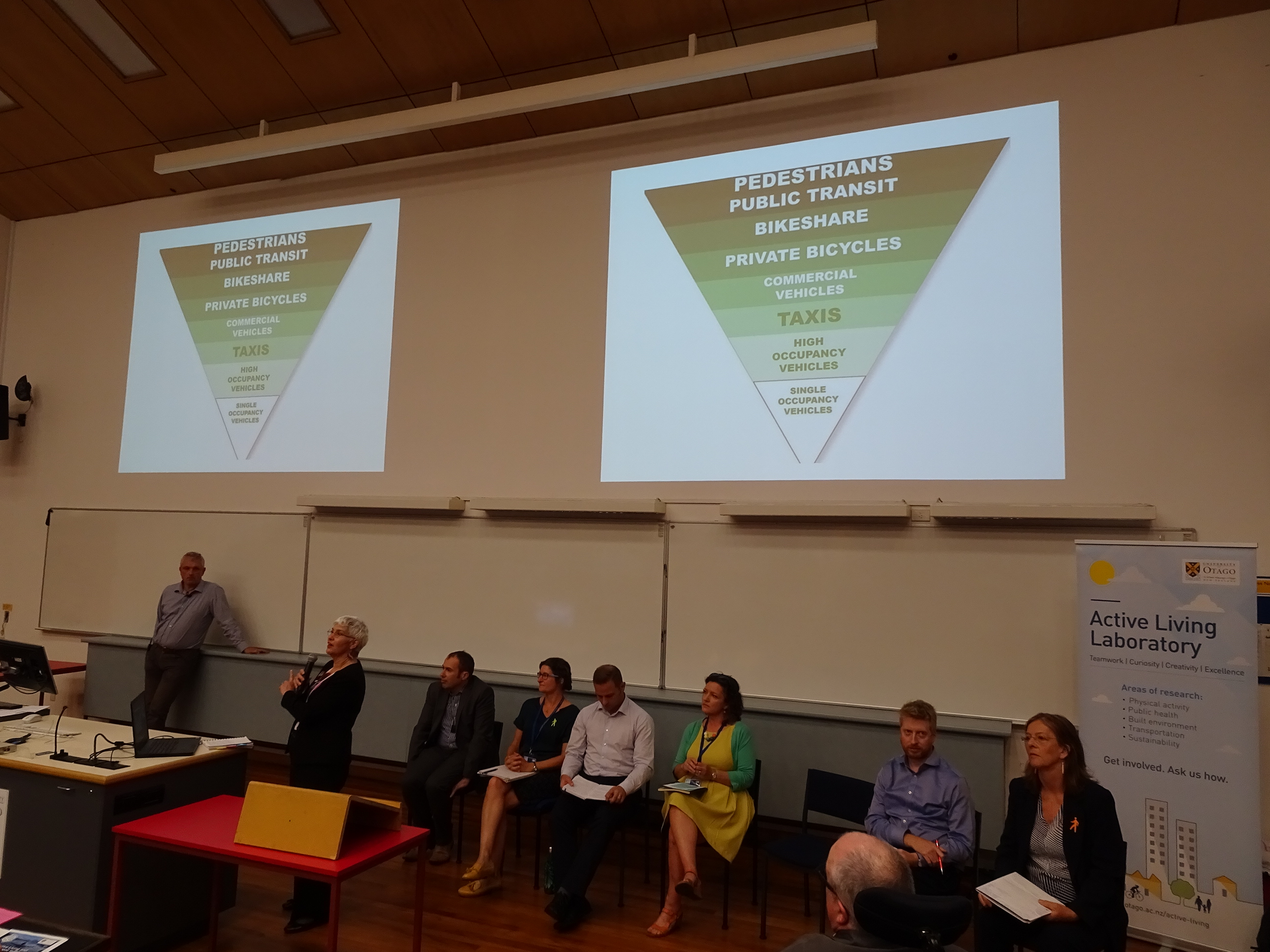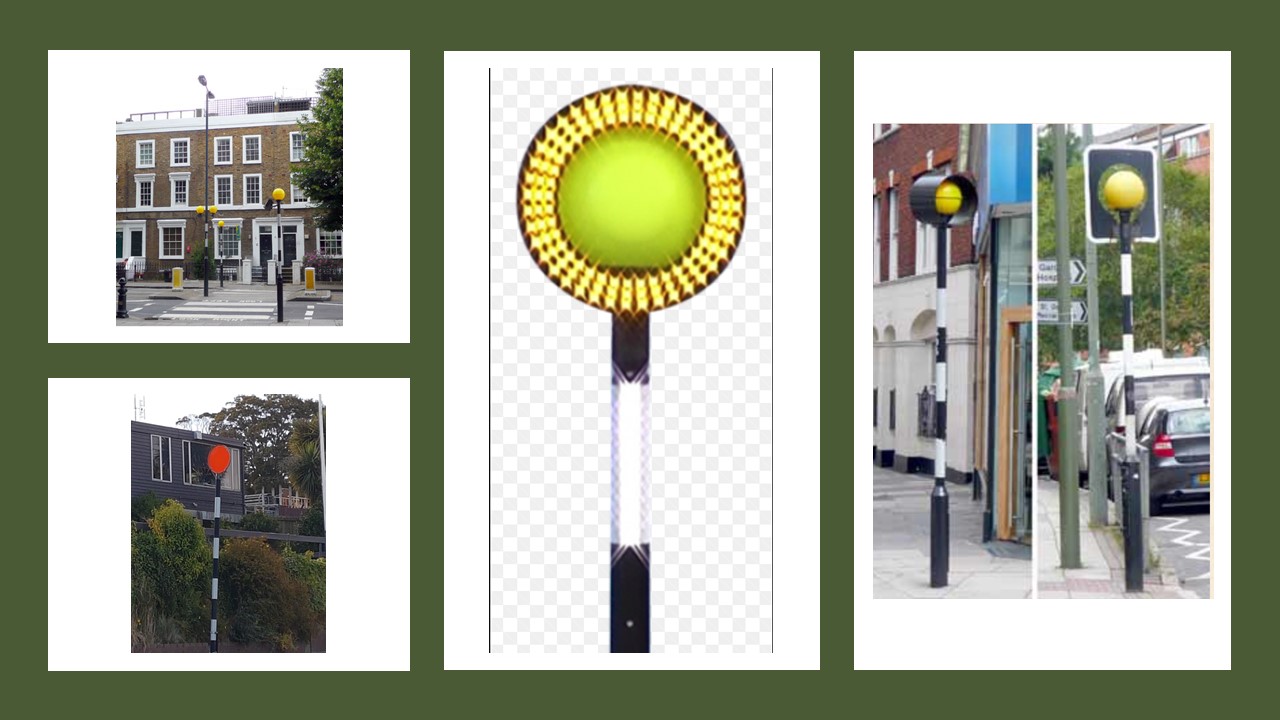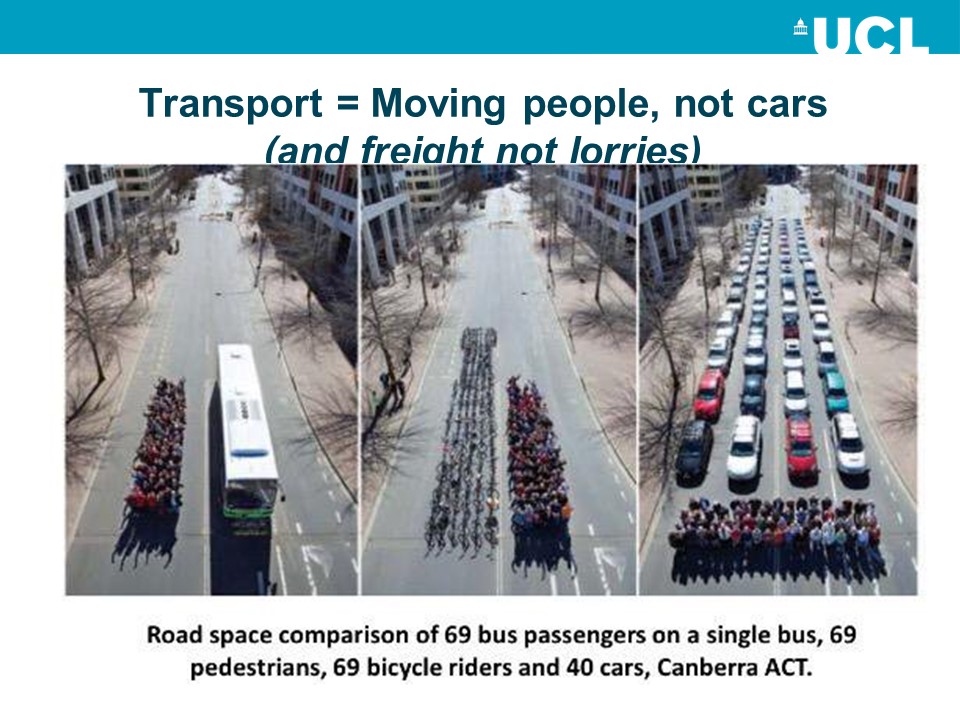
Immediately after the TALES symposium ended, there was a Public Forum on active travel. The Public Forum was chaired by Professor Helen Nicholson, the Deputy Vice-Chancellor External Engagement of the University of Otago.

The Honorable Julie Anne Genter, Minister for Women, Associate Minister of Health and Associate Minister of Transport had kindly agreed to be the keynote speaker, which she did by videolink from her office (with her bicycle in the background!) She said that current New Zealand Government has increased focus on wellbeing, walking, cycling and public transport.
This was followed by a discussion between the seven panel members, responding to questions from Professor Simon Kingham, the Chief Scientific Advisor to the New Zealand Ministry of Transport. He asked questions such as:
- What is the biggest barrier to us transforming cities into healthy, active and sustainable places?
- How much can technology (e.g. autonomous vehicles) transform cities into healthy, active and sustainable places?
- What are the some quick/cheap ways we can start to transform cities into healthy, active and sustainable places?
- Can we still ‘love the car’ and transform cities into healthy, active and sustainable places?
- What is the secret to convincing the public that we might need to ‘unlove the car’ to transform our cities into healthy, active and sustainable places?


Martin Dutton, Senior Advisor on the Wellness, Nutrition & Pysical ACtivity Team in the Population Healht and Prevention section of the New Zealand Ministry of Health, told the audience that the Government has signalled its intention to support healthier, safer and more connected communities, and I believe that in order to do that we need to ensure that the environments that we live, work and play in support our personal mental and physical wellbeing. Access to nature and natural spaces is really important for our mental health too.
The Ministry of Health is encouraged to see wellbeing and the liveability of places reflected as the purpose of the transport system in New Zealand. The Ministry of Health supports the inclusion of inclusive access, health and environmental sustainability as key outcomes in the Ministry of Transport’s ‘Transport Outcomes Framework‘.
In addition, government agencies are working together to try to make the healthy choice the easy choice, by working out how to engineer everyday movement back into our lives, to improve our independence and social mobility. One of the best ways to do this is to make active transport as appealing as possible for people. We need to be thinking about designing urban spaces that are inclusive and healthy, especially for those who may not currently use the streets through fear (ie older people, people with physical disabilities, people who have visual or hearing impairments, younger children).

My own points were that policy-makers and practitioners need to invert the traditional transport planning hierarchy, putting pedestrians at the top and sole occupancy private motor vehicles at the bottom when making provision for travel, whether infrastructure, legislation, or other policies. Just as importantly, funding needs to match this set of priorities. For example, good quality pavements (sidewalks to readers from the USA) and footpaths should be a priority everywhere. Our aim should be to reduce private car use dramatically and increase walking, cycling, public transport, and other active modes.

We need slower speeds in all residential streets, and especially around schools. We need Safe Routes to Schools and encouragement for children and teenagers to walk (or cycle) to and from school. More pedestrian crossings are needed. If signalised, they need to allow sufficient time for those who walk more slowly (e.g. most older people and those escorting young children) to be able to reach the other side – and roads in Dunedin are very wide! I have been told that there is a problem in New Zealand with Zebra crossings, because drivers often don’t stop. In that case, the correct response should be to deal with drivers, not to abolish the crossings! Having Belisha beacons (that contain flashing lights and alert drivers that they are approaching a crossing and to watch out for pedestrians) instead of the orange discs would help.

With apologies to anyone whose copyright I unintentionally broke.
The second important area is to internalise the externalities. By this I mean, ensure that users of each travel mode pay what use of that mode actually costs society. Even if cars and fuel are taxed, drivers pay a fraction of the costs to others from injuries, air pollution, greenhouse gas emission, and their own increased risk of chronic and often fatal diseases (diabetes, circulatory diseases, cancers, depression, osteoporosis) caused by physical inactivity and prolonged sitting.
Public transport needs to improve, particularly the quality, frequency, hours of running (especially early and late buses) and routes. I have blogged about buses before. Public transport needs to be available, affordable, acceptable, appropriate, and accessible.
We need to change both cultural norms and the environment to make the healthier choice (which is also healthier for the planet and future generations) the easier choice.

Everyone was so engrossed in the discussions that the session overran by half an hour, with almost everyone remaining until the end. We had to leave before the building was locked but the felling was that the conversations could have – and will – continue for much longer.
